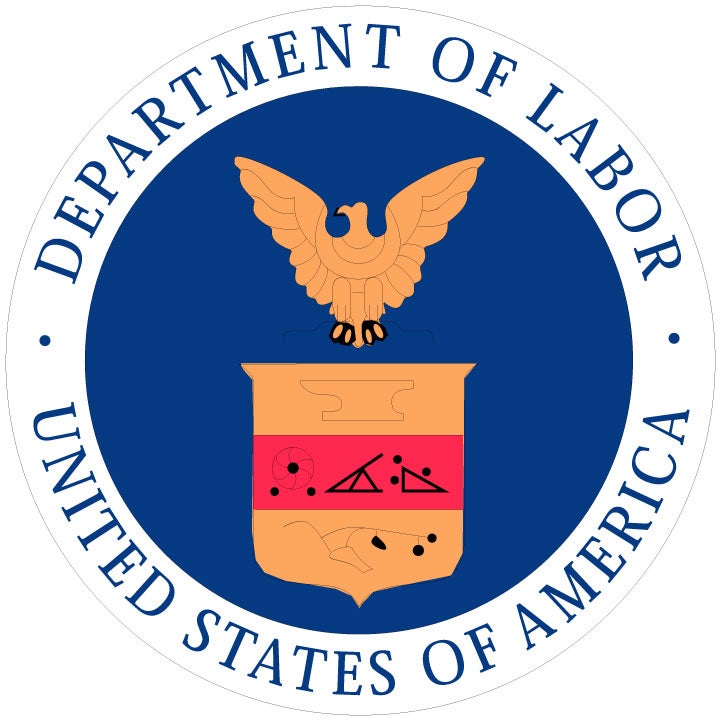President Obama promised to run the most open and transparent Administration in history. However, his Department of Labor (DOL) just announced more regulations rolling back financial transparency for labor unions.
Congress passed the Labor-Management Reporting and Disclosure Act (LMRDA) in 1959 following hearings documenting links between labor unions and organized crime. The act requires unions to publicly disclose how they spend their members’ money. Congress believed that this would discourage malfeasance and enable union members to hold their leaders accountable.
Until recently, however, the act did little to achieve these goals. For four decades the DOL required only aggregated financial reports that provided no meaningful disclosure while permitting large loopholes that allowed unions to avoid disclosure.
Secretary Elaine Chao made a point of fixing these problems. Under her leadership, the DOL tightened disclosure requirements and closed loopholes. One of Chao’s reforms was strengthening the LM-30 conflict-of-interest reporting forms.
The LMRDA requires union officers to disclose payments they receive from their employers. Perhaps there is a good reason for an employer to be cutting checks to union officers, but Congress reasoned that union members ought to know about it.
Unfortunately, the old version of the LM-30 excluded numerous union officers and forms of compensation. Many unions negotiate contracts that allow select employees to take paid leave to conduct union business. This is a quite valuable benefit for unions, one they are often willing to make bargaining concessions—such as lower wages—to get. Union leave can also be misused to create comfortable no-show jobs for union favorites.
Secretary Chao required union officers to disclose how much union leave they received. In the vast majority of cases, union leave use will be perfectly legitimate, but Chao believed that workers should be able to evaluate that for themselves.
Chao also required union shop stewards to file the LM-30 forms. Union stewards are employees of a company who also act as union officials. For example, stewards might represent workers in grievance complaints against the company. Previously the regulations exempted stewards. Chao reasoned that workers should know if their representatives are also getting cash gifts from their employers.
In addition, the DOL required union officers to report payments from union trust funds. Many unions operate trusts—such as worker training or strike benefit funds—for the intended benefit of their members. These funds are often run by union officers. Chao believed that payments from union trusts to union officers could pose a conflict of interest. Union officials might be tempted to help themselves to their members’ money. So the revised LM-30 form required union officers to disclose payments from union trusts. While most payments would be legitimate, the DOL wanted union members to be able to decide that for themselves.
President Obama’s DOL just rolled back these reforms. Union officers will not have to report union leave benefits or payments from union trusts. Union stewards will not have to file at all. The new regulations will leave union members in the dark about union officers’ potential conflicts of interest.
Union members want financial transparency: 89 percent of union members agree that unions should disclose their spending. In part, this is because 66 percent of union members believe their leaders mostly look out for themselves.
Union members deserve to know whether the union officials who represent them truly represent them. The President should not turn out the lights shining on the union movement’s books.
